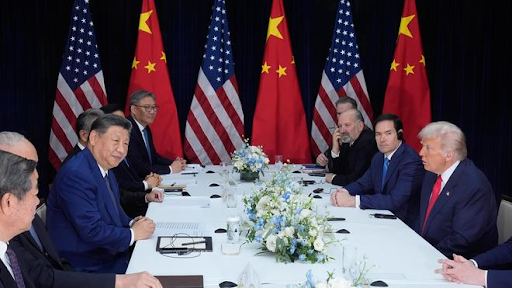Description
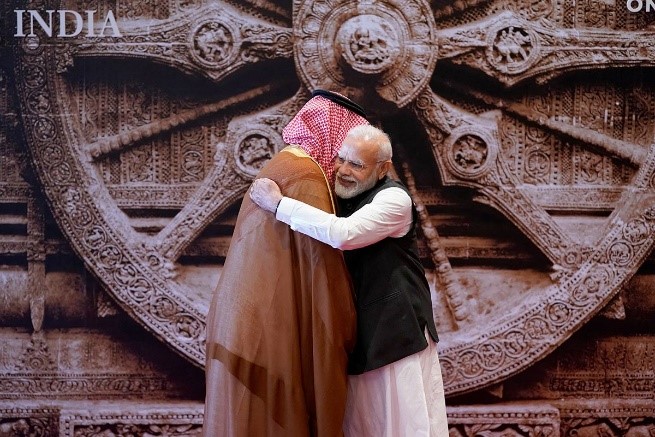
Disclaimer: Copyright infrastructure not intended.
Context
- Prime Minister Narendra Modi announced the launch of the India-Middle East-Europe Mega Economic Corridor on the sidelines of the G20 summit at the Bharat Mandapam Convention Center in New Delhi.
- India, UAE, Saudi Arabia, European Union, France, Italy, Germany and America are involved in this project
What is the India-Middle East-Europe Project?
- The project is part of the Partnership for Rail and Shipping Corridors Global Infrastructure Investment (PGII).
- This project aims to strengthen the infrastructure in developing countries.
- In this project, G-7 countries will come together and make a collaborative effort.
- The PGII project is being seen as an alternative to China’s Belt and Road Initiative.
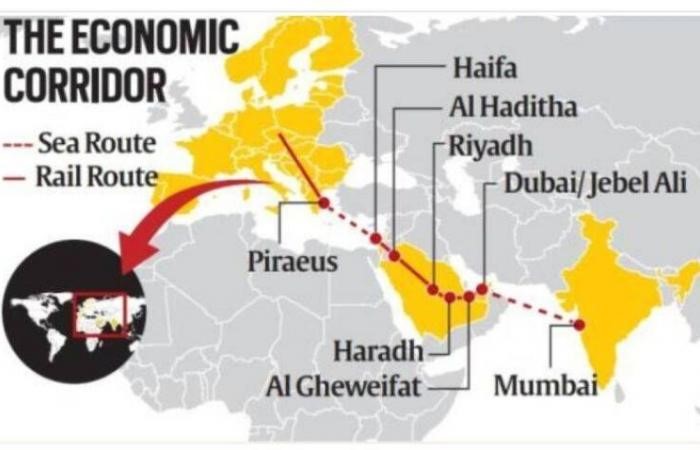
- This corridor will connect Europe, the Middle East, and Asia through railways and the sea.
- The key objectives of this ambitious project are to connect commercial hubs, support the development and export of clean energy, and expand undersea cables, energy grids, and telecommunication lines.
Corridors
- The proposed corridor will comprise two separate corridors, the Eastern Corridor, and the Northern Corridor.
- The former will connect India to the Arabian Gulf and the latter will connect the Arabian Gulf to Europe.
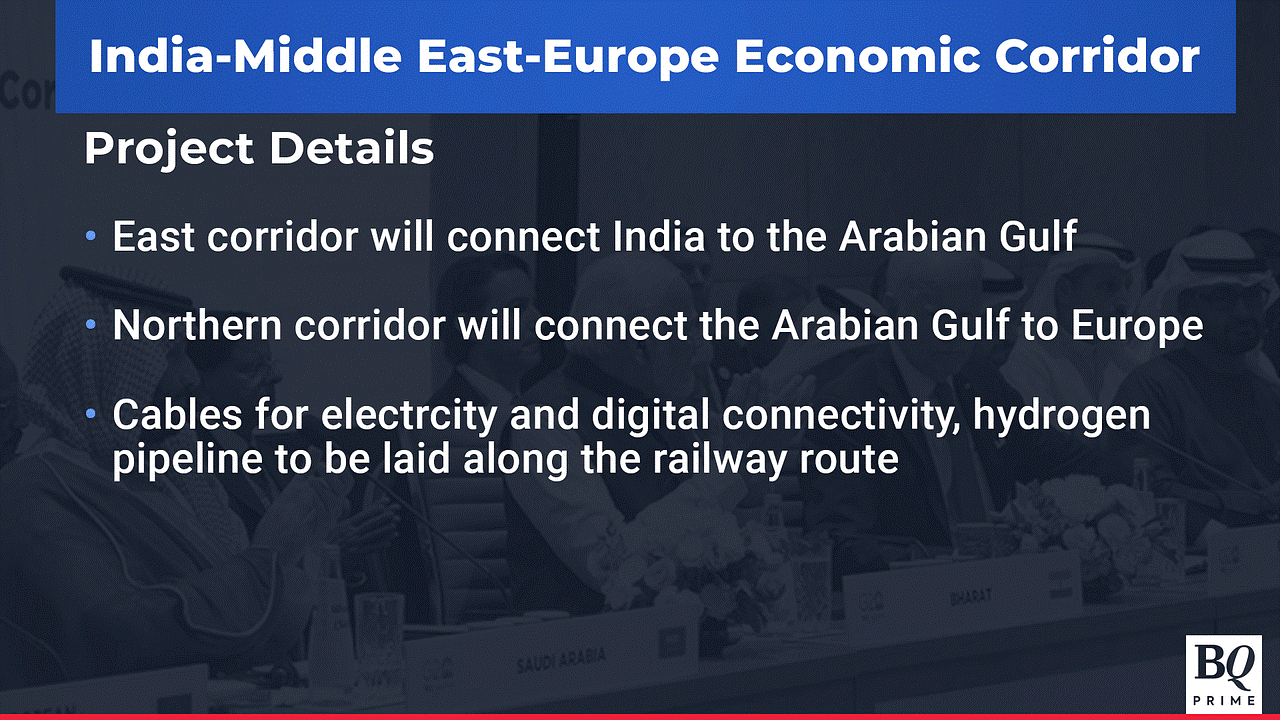
Who Are the Members?
- Apart from India, the other participants will include Saudi Arabia, UAE, France, Germany, Italy, USA, and the European Union.
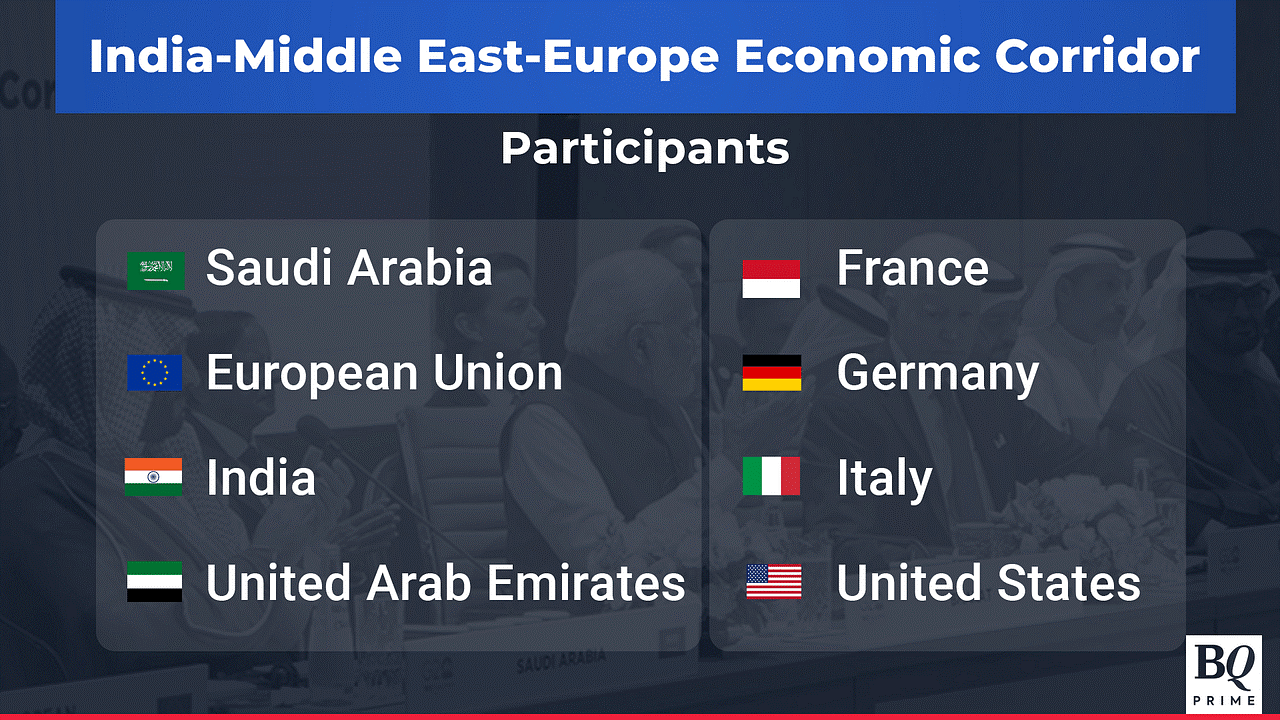
It's Purpose
- The arrangement will include a railway route that, upon completion, will provide a reliable and cost-effective cross-border ship-to-rail transit network to supplement existing maritime and road transport routes. This will enable goods and services to transit to, from, and between India, the UAE, Saudi Arabia, Jordan, Israel, and Europe.
- Along the railway track, the members want to lay a cable for energy and digital connectivity, as well as a pipe for clean hydrogen export.
- This corridor will safeguard regional supply chains, boost trade accessibility, and enable a greater emphasis on environmental, social, and governance consequences.
- It will be designed to increase efficiencies, save costs, promote economic cohesion, create jobs, and reduce greenhouse gas emissions, leading to a radical integration of Asia, Europe, and the Middle East.
- The corridor “fills a damaging global gap and enables greater prosperity and better connectivity for key regions around the world”.
- The project will allow the countries involved to play a key role in the “global connective tissue of commerce, of digital communications, of energy.
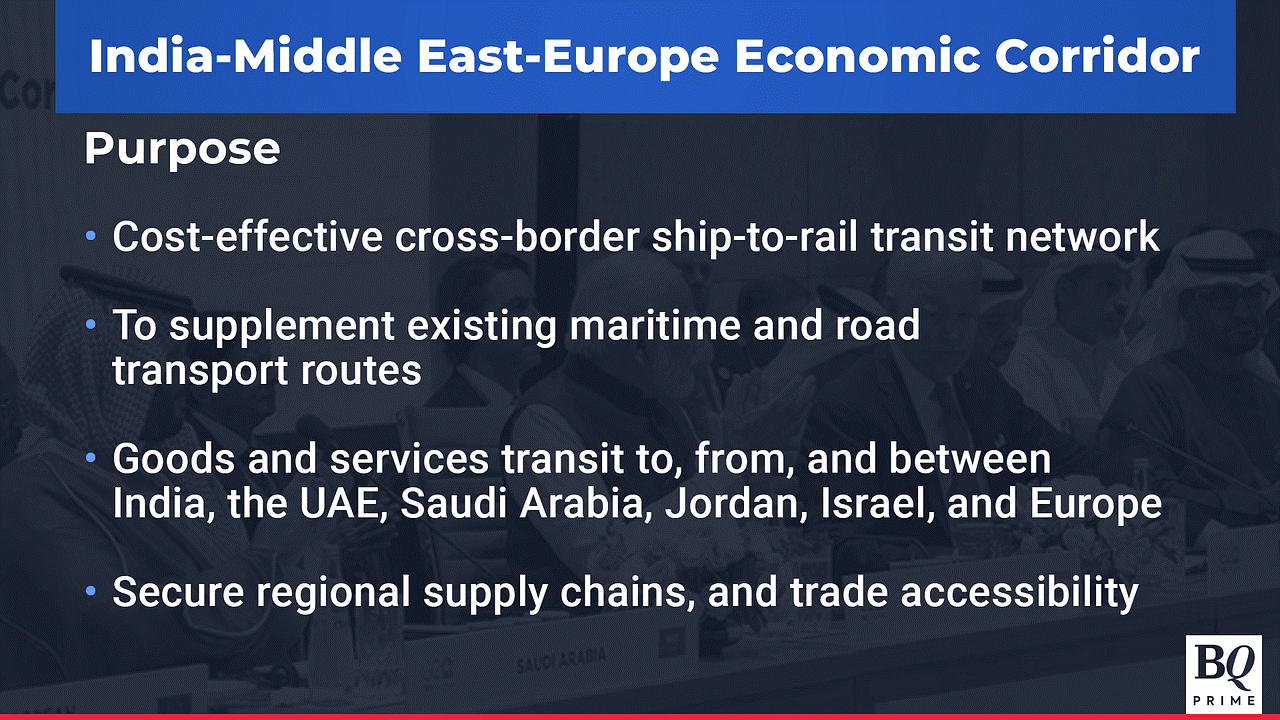
What will be the benefit to India?
- The India-Middle East-Europe Economic Corridor will help in promoting food security and supply chain between developing countries. According to the MoU, this corridor will include an East Corridor connecting India to the Arabian Gulf and a North Corridor connecting the Arabian Gulf to Europe.
- The project will feature a railway network that will complement the existing sea and road routes.
- Plans for laying electric cables and clean hydrogen pipelines have also been included in this railway route, passing mainly through the Middle East.
- The project aims to enable greater trade between the countries involved, including in energy products.
- This project is being seen as an alternative to China’s huge Belt and Road Initiative Project.
- Under the Belt and Road Initiative project, China tried to connect most parts of the world with China’s economy.
Crucial Geographical Advantage for India
- The ‘India-Middle East-Europe Shipping and Railway Connectivity Corridor’ (IMEE EC) holds immense promise for India, firmly positioning it along the trade route spanning South East Asia to the Gulf, West Asia, and Europe.
- This strategic placement offers India substantial advantages, both strategically and economically, and opens up substantial opportunities within the logistics and transportation sector.
- Furthermore, it offers a more efficient and cost-effective transit option, bolstering India’s trade and export activities.
- This corridor can be developed with a focus on sustainability, aligning with India’s green transition goals, elevating the nation’s regional prominence, and enabling Indian enterprises to participate equitably in infrastructure development.
- Additionally, the corridor promises to secure supply chains, generate employment opportunities, and enhance trade facilitation and accessibility.
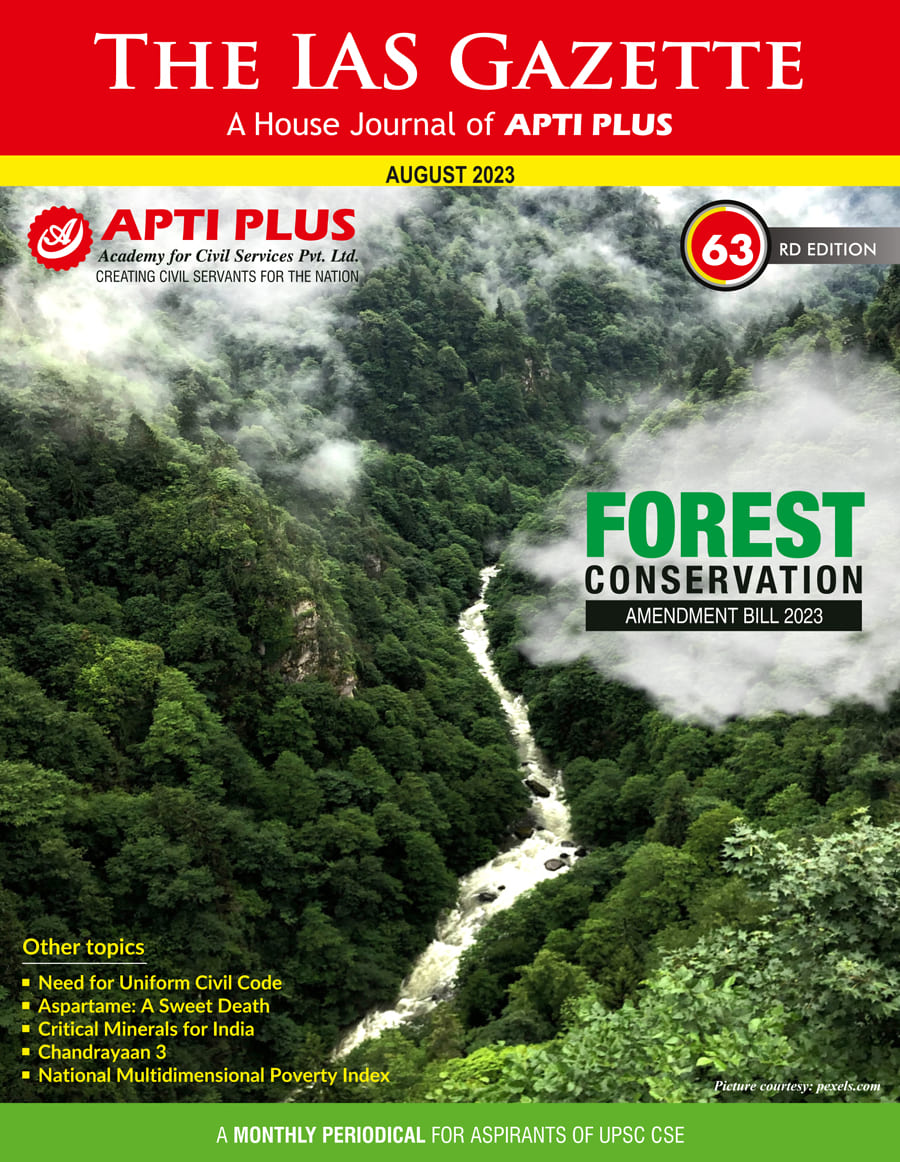
What is the Partnership for Global Infrastructure Investment (PGII)?
- The infrastructure plan was first announced in June 2021 during the G7 (or Group of Seven) summit in the UK.
- The G7 countries include the United Kingdom, the United States, Canada, France, Germany, Italy, Japan, and the European Union (EU). US President Joe Biden had called it the Build Back Better World (B3W) framework. However, it did not register much progress.
- In 2022, during the G7 summit in Germany, the PGII was officially launched as a joint initiative to help fund infrastructure projects in developing countries through public and private investments.
- America said, “Collectively, we aim to mobilize nearly $600 billion from the G7 by 2027 to invest in critical infrastructure that improves lives and delivers real gains for all of our people.
- Essentially, in response to the infrastructure projects being undertaken and funded by China under the Belt and Road Initiative (BRI) at a global level, the G7 decided to present their alternative mechanism for it.
- The stated purpose of both the PGII and the BRI is to help secure funding for countries to build critical infrastructure such as roads, ports, bridges, communication setups, etc. to enhance global trade and cooperation.
What was the need for an alternative?
- China began the Belt and Road Initiative in 2013 under its President Xi Jinping. It aims to revive the ancient trade routes crossing to and from China–from Rome in Europe to East Asia.
- Under this, the Chinese government helped in providing loans for infrastructure projects to various countries, and in many cases, Chinese companies were awarded contracts for carrying out the work. This helped China mark its footprints at a global level.
- However, China was criticized in the West and by some other countries for providing unsustainable debts to countries that would be unable to repay them. According to a 2019 World Bank report, among the 43 corridor economies for which detailed data was available, 12 could face a situation where debts were not sustainable, which could lead to public assets being handed over to foreign contractors or China itself.
- The report added that if issues of environmental degradation, high debts, and corruption are successfully countered and the BRI is fully implemented to its potential, it could increase trade between 1.7 and 6.2 percent for the world, increasing global real income by 0.7 to 2.9 percent. China has claimed the BRI has made economic gains and helped in job creation.
- India, however, opposed the BRI as it included the China-Pakistan Economic Corridor, which connected Kashgar in China with the Gwadar port in Pakistan via Pakistan-occupied Kashmir. India said in 2021:
“Any serious connectivity initiative must be transparent and conform to the most basic principle of respect for sovereignty and territorial integrity.”
- Others are varied on the benefits they might reap from enhanced trade connectivity. Italy, the only G7 member that was part of the BRI, has also expressed its concerns in this regard.
- However, the G7 says their initiative is meant to be transparent, focused on building climate change-resilient infrastructure, and help in achieving objectives of gender equality and health infrastructure development.
- When we demonstrate all that democracies have to offer — I have no doubt that we will win the competition every time,” said Biden in a speech announcing the plan in 2021. He added that around a dozen projects were already underway, with financing from both government and the private sector. The US president also mentioned that the fund does not mean “charity or aid”, but loans, and will be beneficial for both the countries lending and receiving them.
What has been announced so far as part of PGII initiatives?
- IMEC is a further step in the PGII process that was “launched last year by President von der Leyen, President Biden and the President of Indonesia Joko Widodo during the G20 summit in Bali.”
- It announced several projects in Indonesia, among other countries, on clean energy, telecommunications, etc.
- India was also a part of this meet, where one of the outcomes for funding was investments in its health infrastructure.
- The US government’s agency, its International Development Finance Corporation (DFC) would invest over $15 million in India’s health infrastructure, “including support for the expansion of a chain of eye clinics for conducting corrective surgery for underserved individuals, and an India-based social enterprise that manufactures safe and affordable women’s hygiene products for underserved women in non-metro areas.”
- The EU, through its Global Gateway program, has now said it will “activate 300 billion of investments in critical connectivity projects during the period 2021-2027, half of which is destined for Africa.” Over 90 projects have been identified in Africa, Latin America and the Caribbean, Asia and the Pacific, and in the Western Balkans, it added.
- However, what the project could go on to accomplish depends on a range of factors. A Brookings Institute (‘Building Bridges? PGII versus BRI’ by Elizabeth C Losos and T Robert Fetter) article from September 2022 said that China is in the process of modifying BRI to address its criticisms.
- In 2019, China dramatically diminished its overseas infrastructure investments, especially pulling back on the high-risk projects. That year at the BRI International Forum, President Xi Jinping emphasized his commitment to a ‘Green BRI’”, it said.
- Further, the scale of investments that can be raised by China is higher than that of the G7, who will have to look for political consensus within their countries for pledging to such projects. They also have no control over assured private-sector participation. But, it added, if PGII succeeds to a certain extent and with BRI addressing its own issues given this competition of sorts, it could actually help diversify the options available to the countries who have infra requirements. “This would be a race to the top that could benefit all parties,” it concluded.
Why is the PGII project special?
- There are three main reasons for developing the corridor. First, it will increase prosperity among the countries involved through increased flows of energy and digital communications.
- Second, the project will help address the lack of infrastructure needed for development in low- and middle-income countries.
- Third, it will help in ending the ongoing unrest and insecurity in the Middle East.

Important Articles on Belt and Road Initiative:
https://www.iasgyan.in/daily-current-affairs/indias-stand-on-bri
https://www.iasgyan.in/daily-current-affairs/belt-and-road-initiative
|
PRACTICE QUESTION
Q. The India-Middle East-Europe Economic Corridor will help in promoting food security and supply chain between developing countries and this project is being seen as an alternative to China’s huge Belt and Road Initiative Project. Analyse.
|
https://timesofindia.indiatimes.com/india/india-us-saudi-arabia-eu-announce-mega-infrastructure-deal-to-rival-chinas-bri-why-its-important/articleshow/103529946.cms?from=mdr










